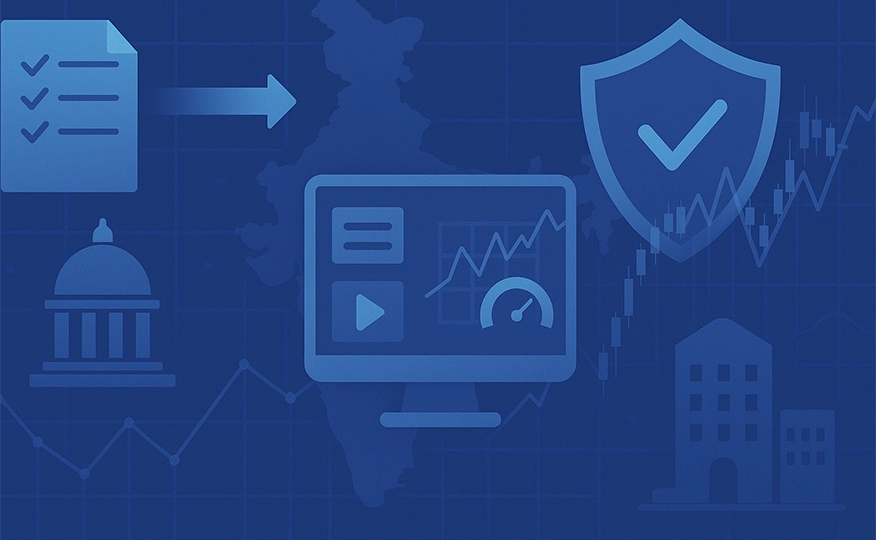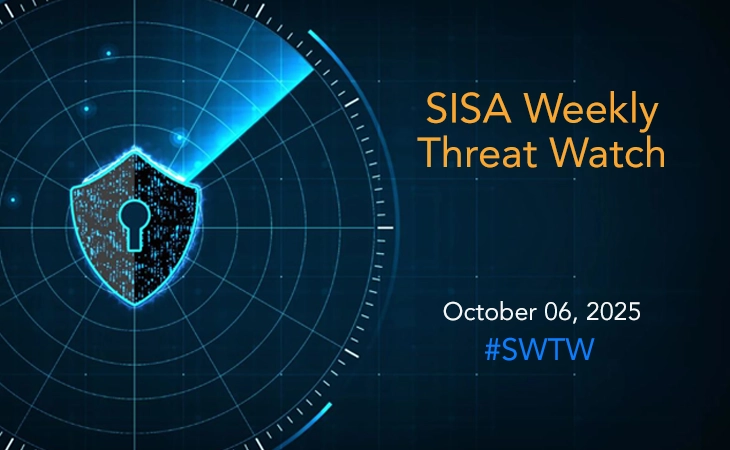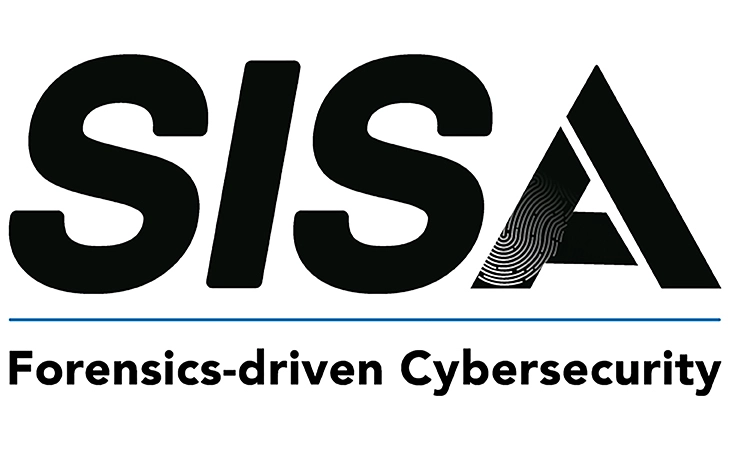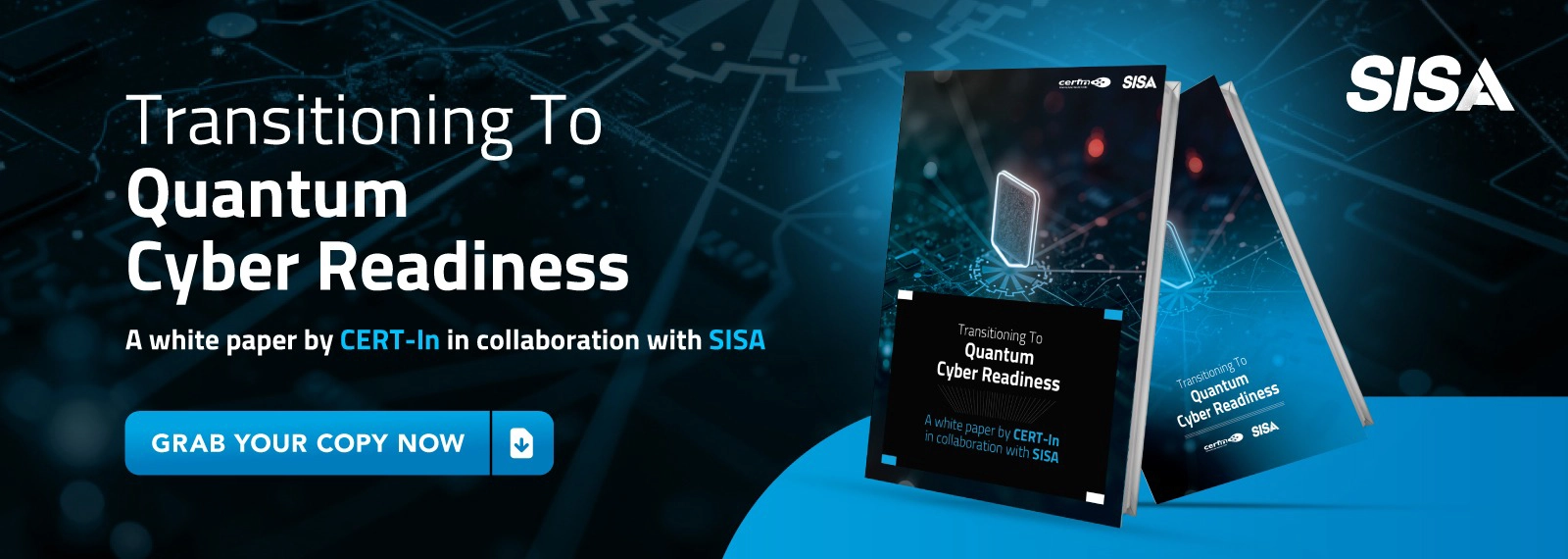
AI-Powered Data Discovery and Classification: Redefining Sensitive Data Protection in Banking and Payments
In today’s digital-first financial ecosystem, banks and payment providers are swimming in oceans of data – transaction records, customer identities, payment card details, and behavioral patterns. The challenge? Not all of this data is well classified or easily traceable. Sensitive data often hides in unexpected corners – structured databases, unstructured logs, archived files, or even cloud storage buckets.
Traditional approaches to data discovery and classification rely heavily on manual scans and rule-based tools. These methods are slow, error-prone, and unable to keep pace with the volume and complexity of data being generated. This is where AI-powered data protection comes in, transforming how institutions detect, classify, and secure sensitive information.
How AI Enhances Sensitive Data Discovery and Classification
AI-powered tools go beyond keyword searches and pattern matching. By leveraging natural language processing (NLP), machine learning (ML), and predictive analytics, these tools bring intelligence and adaptability to the discovery process. In the banking and payments industry, this translates into:
- Precision in classification: AI models can identify not just obvious data types like card numbers but also contextual information such as PII (personally identifiable information) embedded in contracts, emails, or support tickets.
- Context awareness: Instead of flagging every 16-digit number as a card, AI understands context, distinguishing between an actual PAN (Primary Account Number) and a random invoice ID.
- Scalability: AI tools can scan millions of records across hybrid environments (on-prem, cloud, SaaS platforms) without human intervention.
- Continuous learning: With each scan, AI improves its accuracy, learning institution-specific patterns, regulatory nuances, and risk indicators.
Layers of Banking and Payments Data Where AI Powers Sensitive Data Discovery
Sensitive data in banking and payments doesn’t live in one place. It spreads across layers with each layer posing unique risks, and AI-powered tools are proving invaluable in finding and classifying them.
- Customer Identity and PII
KYC details, biometrics, contact data: AI uses NLP and ML to parse unstructured forms, spot identifiers like Aadhaar/SSNs, and ensure correct regulatory tagging. - Payment Card Industry (PCI) Data
PANs, CVVs, cardholder names: AI validates card data against BIN ranges, detects leakage in logs or transcripts, and flags shadow PCI data that may breach PCI DSS and expand the attack surface. - Transaction and Behavioral Data
Histories, merchant codes, timestamps, geolocation: AI links metadata back to individuals, unmasks improperly stored records, and detects anomalies across structured and unstructured sources. - Operational and System Data
Server logs, middleware, error reports: AI scans for sensitive data leakage in logs and applies anomaly detection to surface hidden risks. - Third-Party and Ecosystem Data
Processor, merchant, and partner integrations: AI tracks data movement across APIs, detects unauthorized replication, and alerts to compliance violations. - Cloud and Archived Data
Backups, cloud buckets, legacy archives: AI applies ML scanning at scale, unearths forgotten sensitive data, and continuously monitors for new risks.
Stages of Data Discovery and Classification Enhanced by AI
Discovering and classifying sensitive data is not a single step, it is a lifecycle. AI strengthens every stage by introducing deeper intelligence and automation, helping banks and payment providers achieve higher accuracy, context, and control over sensitive data.
Data Preparation
Before discovery begins, institutions need a clear picture of the data landscape through metadata extraction and data profiling. AI tools go beyond basic file names or schema fields, parsing rich metadata (source, owner, access history, storage type) to build a reliable inventory. Besides, instead of just capturing formats or column-level statistics, AI analyzes patterns across massive datasets, spotting unusual values, free-text entries with embedded sensitive data, and duplicates to create rich, deeper profiles.
Data Identification
Once prepared, the focus shifts to locating sensitive data across sprawling environments. AI tools scan structured and unstructured data at scale, from relational databases and data lakes to unstructured documents and email archives while ML models detect sensitive attributes (like PANs or biometrics) with higher precision by validating context, not just patterns, minimizing false positives.
Classification & Tagging
Identified data must be organized into categories aligned with regulatory and business needs. AI tools through use of NLP classify data elements into regulatory categories such as PCI DSS, PII, or confidential operational data while automated tagging links datasets to specific compliance requirements, making audits and governance much more seamless.
Contextual Analysis
Data discovery without context is incomplete. In this stage, AI traces the journey of sensitive data across systems, applications, and third parties. Where traditional lineage depends on manual documentation, AI infers lineage from content, metadata, and observed behavior, mapping end-to-end data flows. With NLP-based search, stakeholders can use plain language such as “Where is customer PII stored unencrypted?” and AI interprets intent, scanning across repositories to deliver clear, contextual answers.
Risk Prioritization
Not all sensitive data carries equal risk. AI helps determine where to act first. ML models evaluate risk exposure based on factors such as storage location, encryption status, and access frequency while predictive analytics highlight potential hotspots, for example, data frequently moved to third-party systems without adequate protection.
Ongoing Monitoring
AI-driven tools keep scan new datasets as they’re created, ensuring that metadata, profiles, and lineage maps stay current. Anomaly detection models alert security teams when sensitive data appears in unexpected locations, enabling proactive remediation. Over time, the model self-learns, refining classifications and risk scores as new patterns emerge.
Conclusion
AI-powered data discovery and classification is still evolving, and its role in banking and payments is set to expand dramatically, from being a reactive compliance checkbox to becoming a strategic enabler of resilience and trust. The institutions that invest early in AI-powered data security will not only meet regulatory obligations but will also be better equipped to innovate securely, manage complex ecosystems, and protect customer confidence in an era where trust is currency.
Latest
Blogs
Whitepapers
Monthly Threat Brief
Customer Success Stories
 USA
USA India
India APAC
APAC Middle East
Middle East Global
Global



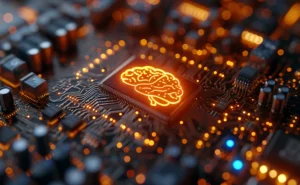


 Facebook
Facebook Linkedin
Linkedin  X
X Youtube
Youtube
